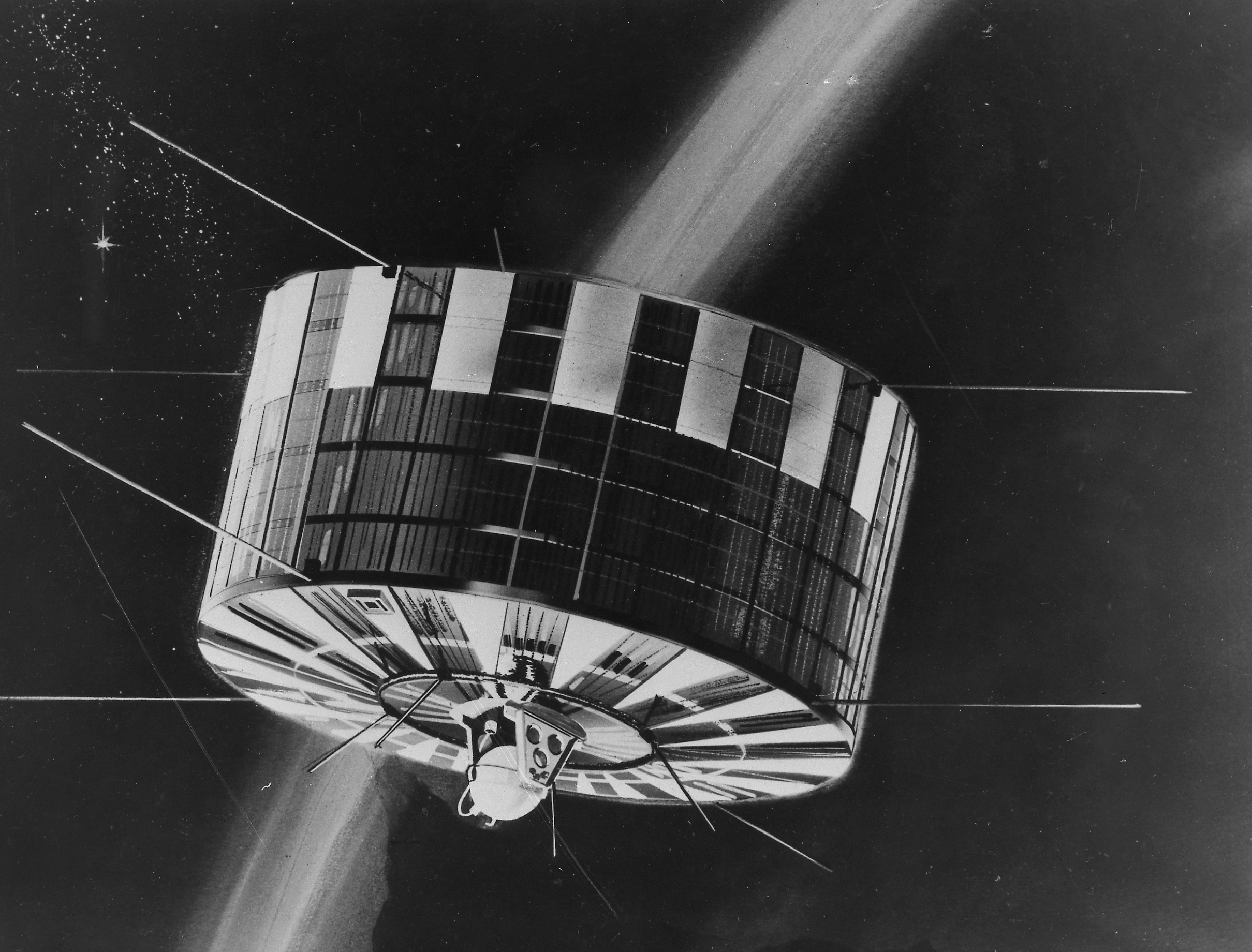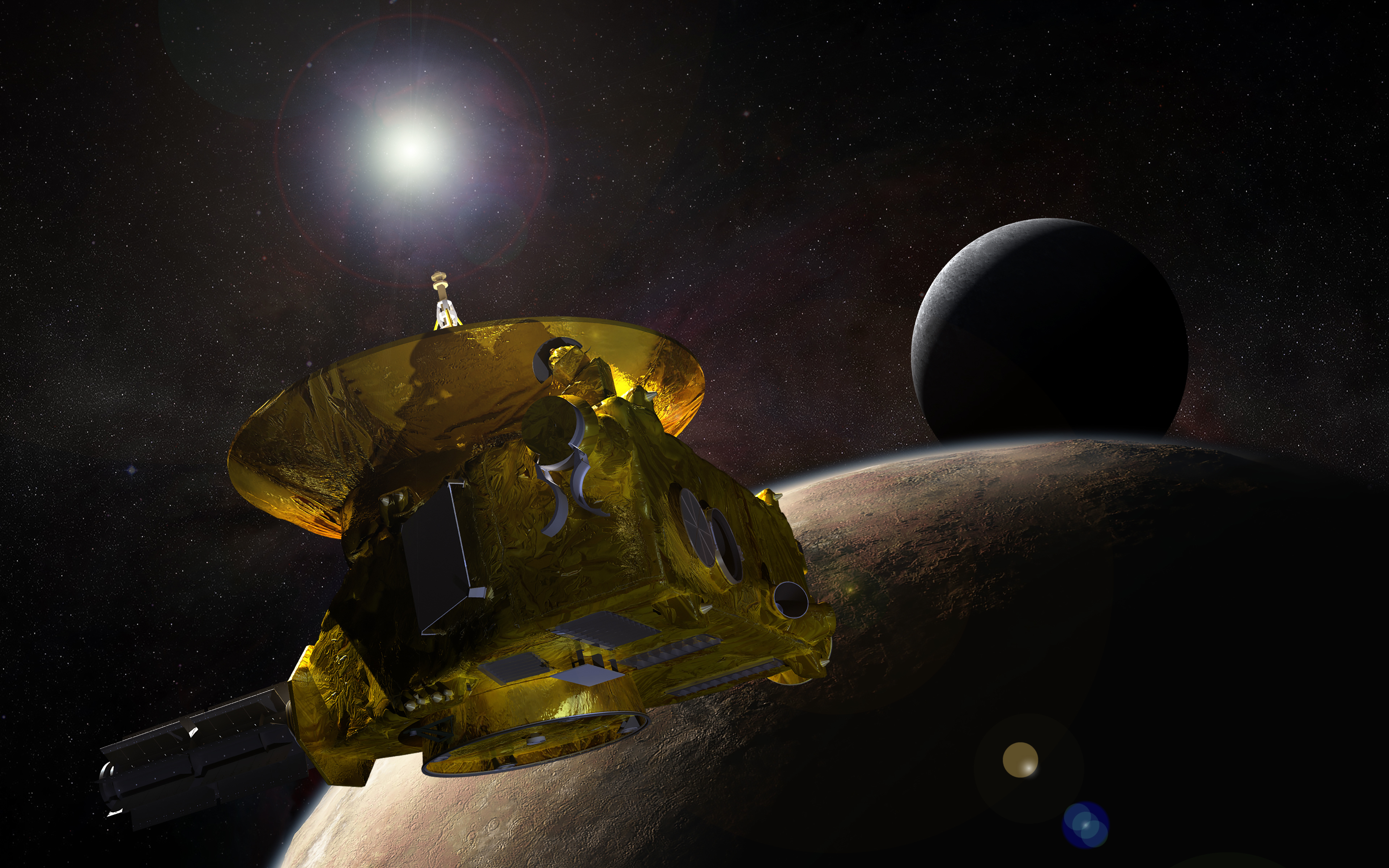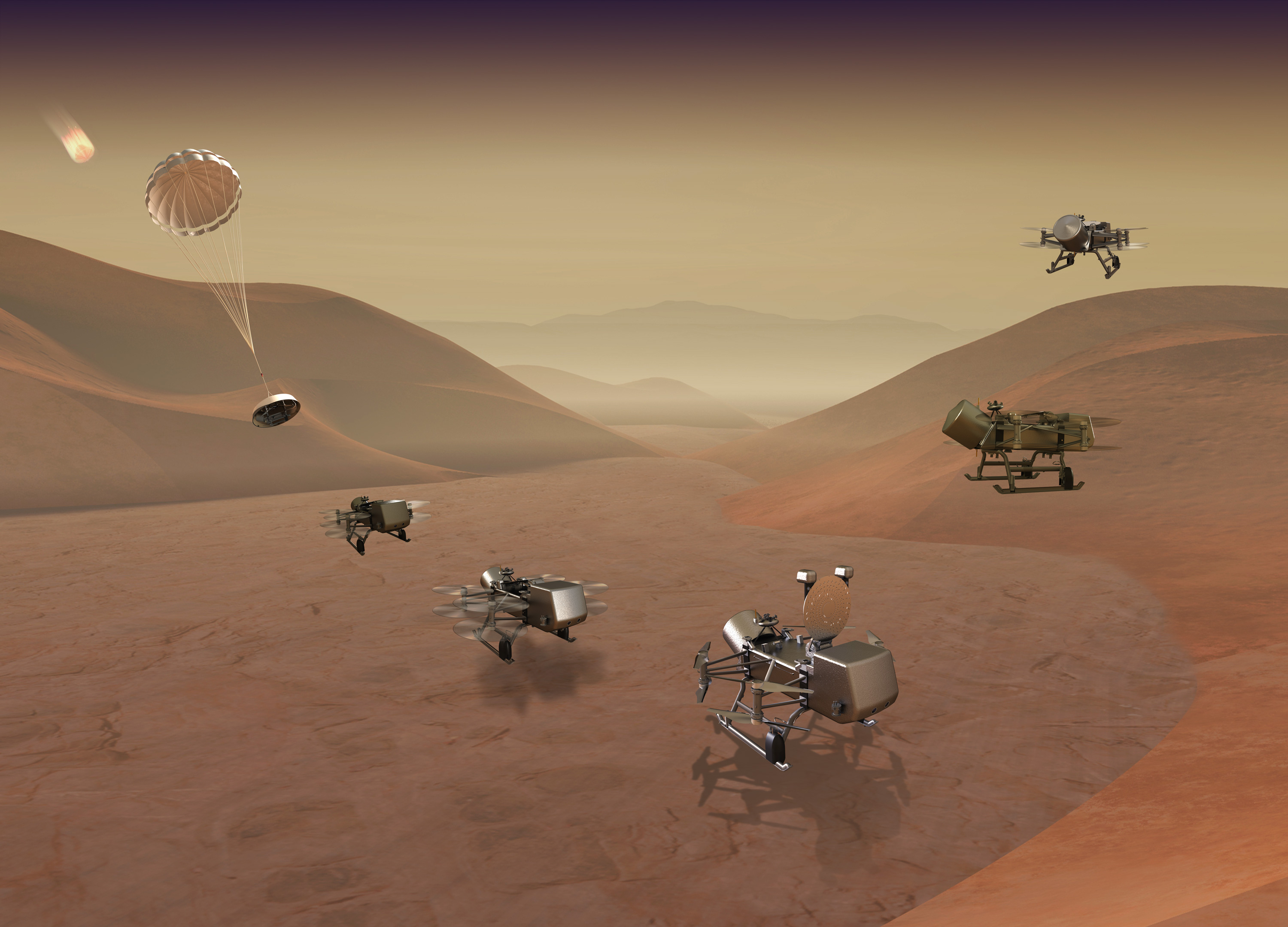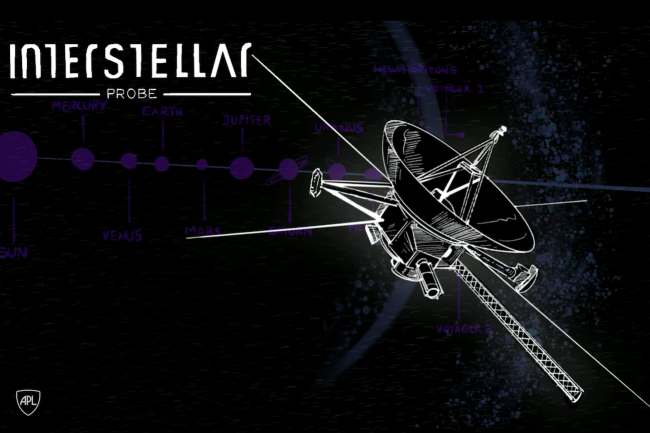Sixty years ago today, the United States launched its first nuclear-powered satellite into space, opening a new era that has enabled us to explore the nearest and farthest reaches of our solar system.
To date, radioisotope power systems (RPSs) have powered more than two dozen U.S. space missions, from the first U.S. landers to touch the Martian surface to the Pioneer 10 and 11 and Voyager 1 and 2 spacecraft that provided the first detailed glimpses of the outer planets and edge of our star’s influence.
“If it hadn’t been for RPSs, you wouldn’t have flown Ulysses to the Sun’s poles, or Cassini to Saturn, or New Horizons to Pluto — and you wouldn’t be flying Dragonfly to [Saturn’s moon] Titan,” said Ralph McNutt, a space physicist at the Johns Hopkins Applied Physics Laboratory (APL). “That’s why it’s called an ‘enabling technology’ — it means there really isn’t any other way to do it.”
RPSs use plutonium-238 pellets, a radioactive fuel produced by facilities of the U.S. Department of Energy. As the plutonium naturally decays, it releases heat, which thermoelectric converters use to generate electricity.
Over the last 60 years, APL has launched seven spacecraft carrying nuclear power supplies, with plans to launch another in 2027. Here’s a look at four of these missions and how RPSs made (or will make) them possible:
Transit-4A

A 43-inch-wide drum lined with solar panels on its outer shell, the U.S. Navy’s Transit-4A satellite was the first U.S. spacecraft to carry a radioactive power source into space on June 29, 1961.
The satellite was an early experimental part of Transit, the Navy Navigational Satellite System that was the forerunner of the Global Positioning System. Using nuclear power offered an alternative to electrical sources that did not have sufficient lifetime (fuel cells and batteries) or couldn’t endure the harsh environment of space (solar cells).
“Nobody knew how to make a solar cell that wasn’t going to get so beaten up by the energetic protons in Earth’s radiation belts that the satellite could last more than a few weeks,” McNutt explained.
Nuclear power, however, kept many of the Transit program satellites running for more than a decade.
New Horizons

Launched on January 19, 2006, nearly 45 years after Transit-4A, NASA’s New Horizons set off on a 9.5-year journey to fly by Pluto and its moons.
With light nearly 1,000 times fainter at Pluto than at Earth, solar power wasn’t a feasible option for New Horizons. So, the spacecraft was designed like a thermos bottle, using a single, compact radioisotope thermoelectric generator (RTG) — a type of RPS — to power its systems as well as a seven-instrument payload, which requires less than 30 watts of power.
New Horizons made the first close-up observations of the Pluto system in July 2015, revealing a geologically active world that shook the foundation of planetary science. Less than four years later, New Horizons made history again by capturing the first close-up images of a Kuiper Belt object, dubbed Arrokoth. The spacecraft continues transmitting data from the solar system’s far reaches today, and its RTG will provide enough power to keep it operating until the late 2030s.
Dragonfly

Launching in 2027, NASA’s Dragonfly mission will change the space exploration game. A rotorcraft lander that will fly from place to place and can travel over 100 miles across the surface of Saturn’s haze-covered moon Titan, Dragonfly will determine Titan’s habitability and study the prebiotic chemistry happening at the surface.
“Scientifically, flying allows us to explore various types of landforms and get brand new information about how organic synthesis works in a very different environment from Earth,” said Elizabeth “Zibi” Turtle, Dragonfly’s principal investigator and a planetary scientist at APL.
Unable to use solar power under Titan’s thick atmosphere, Dragonfly is designed to use a multi-mission RTG (MMRTG) as its sole power source — the same type of unit currently powering NASA’s Perseverance and Curiosity rovers on Mars.
“The RPS is really completely enabling for this mission,” Turtle said, powering flight, data transmission and most science operations during Titan’s daytime period (equal to eight Earth days), while any excess heat from the nuclear decay will keep the spacecraft warm in Titan’s negative-290-degree-Fahrenheit temperatures.
Interstellar Probe

Leveraging decades of spacecraft design and improving technology, the conceptual Interstellar Probe mission boldly aims to be the fastest spacecraft ever launched, with a goal to reach an unparalleled hundreds of astronomical units (or Earth-Sun distances) from the Sun in just 50 years.
The probe would provide an unprecedented view of our heliosphere — the protective “bubble” around our solar system — while also delivering new findings about the unexplored interstellar medium outside our star’s system.
“Without RTGs, an interstellar probe mission wouldn’t make sense at all,” said McNutt, Interstellar Probe’s principal investigator. “You couldn’t do it.”
The mission’s current design uses two Next Generation RTGs — essentially a rebuilt version of what powered NASA’s Cassini mission to Saturn — that could supply enough power for at least 50 years.
Banner Image: APL scientists and engineers in 1961 complete environmental testing of the TRANSIT-4A satellite prior to shipment to Cape Canaveral. Credit: Johns Hopkins APL
Related Topics
For Media Inquiries
For all media inquiries, including permission to use images or video in our gallery, please contact:
Michael Buckley
All Media Resources

